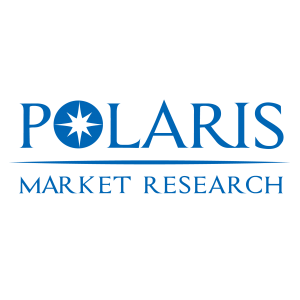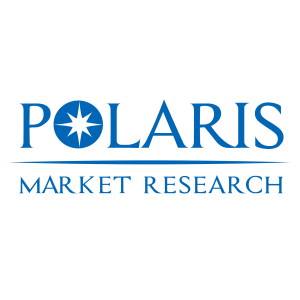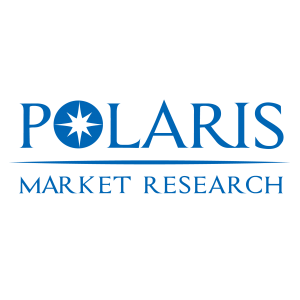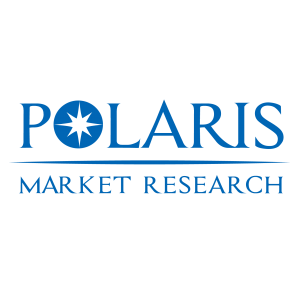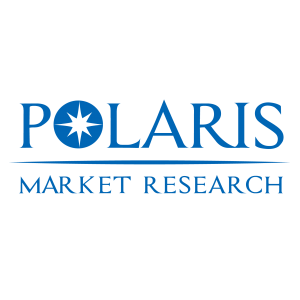Scaling paid ads is every marketer’s dream—and one of their toughest challenges. When campaigns begin to perform, the next logical step is to increase the budget to attract more customers. But often, scaling comes with a catch: the cost of acquiring each customer starts to rise. This increase in Customer Acquisition Cost (CAC) can quickly eat into profitability, making it essential to find strategies that allow growth without burning through your marketing budget.
The key lies in balancing efficiency and expansion. Scaling isn’t just about spending more—it’s about spending smarter. Let’s dive into how to scale paid ads without increasing CAC, using data-driven strategies, audience segmentation, and creative optimization that keep your campaigns profitable.
Understanding the Relationship Between Scale and CAC
Before scaling, it’s important to understand why CAC often rises as budgets increase. Paid advertising platforms like Meta, Google, and LinkedIn use auction-based systems. When you expand your audience or raise bids to capture more impressions, competition intensifies. The broader audience segments typically contain less qualified users, which leads to lower conversion rates. As a result, while you may gain reach, your acquisition costs rise.
To avoid this, you must create a foundation that prioritizes efficiency—building systems that maintain strong performance metrics while gradually expanding reach. Scaling should feel like extending your best-performing strategy, not replacing it.
Step 1: Strengthen Your Creative Strategy
Your ad creative is the single most influential factor in maintaining low CAC while scaling. A strong creative strategy doesn’t just attract clicks—it prequalifies users before they even land on your page. This means your audience self-selects, reducing wasted impressions.
Start by identifying which ad formats and messages generate the highest Return on Ad Spend (ROAS). Instead of creating entirely new campaigns when scaling, iterate your top-performing creatives. Test small variations in headlines, visuals, and calls to action. Keep messaging consistent, but refresh elements like color palette or copy tone to prevent ad fatigue.
Ad fatigue is one of the biggest reasons CAC rises during scale. Users stop engaging with the same ad after repeated exposure, forcing the algorithm to spend more for the same results. A creative refresh strategy keeps engagement high and ensures your best-performing concepts continue to deliver.
Step 2: Optimize Audience Segmentation
Scaling effectively requires moving from broad targeting to intelligent segmentation. Rather than expanding audiences indiscriminately, segment your high-value customers based on behavior, demographics, and purchase intent. This allows you to personalize messages and allocate more budget to segments with the best conversion potential.
For example, look at your analytics to identify which customer profiles yield the highest lifetime value (LTV). If you discover that mid-level managers in tech firms are your best-performing segment, double down on them. Use lookalike audiences based on these profiles instead of expanding to unrelated segments.
As campaigns scale, use exclusion lists to avoid spending on audiences that have already converted or shown low engagement. This practice maintains efficiency and prevents wasted ad spend—keeping CAC stable even as reach increases.
Step 3: Leverage Automation and Machine Learning
Ad platforms have become increasingly sophisticated, offering automated bidding and optimization tools that can help manage CAC during scale. Google’s Smart Bidding and Meta’s Advantage+ campaigns are designed to find the most cost-effective conversions in real time.
To make automation work for you, ensure your conversion tracking and event data are clean and comprehensive. Machine learning thrives on data accuracy; incomplete tracking can cause algorithms to optimize for the wrong signals. Feed the system with first-party data, clearly defined conversion goals, and at least 50 conversions per week for stable optimization.
The more high-quality data you provide, the better these algorithms become at allocating spend efficiently, helping you scale paid ads without overpaying for new users.
Step 4: Improve Landing Page Conversion Rate
No matter how efficient your ads are, a weak landing page can destroy profitability. As you scale, even a small drop in conversion rate can drastically raise CAC. The goal is to maximize the value of every click you pay for.
Begin by analyzing user behavior on your landing pages through heatmaps and session recordings. Identify friction points such as unclear CTAs, long forms, or slow load times. Even minor design or copy adjustments can increase conversion rates by 10–20%, allowing you to maintain profitability while spending more.
Run A/B tests regularly as you scale. Instead of testing random elements, base your hypotheses on user data. For instance, if analytics show visitors spend most time reading testimonials, emphasize that section to boost trust and conversions.
Step 5: Diversify Channels and Campaign Types
Relying on a single ad platform can lead to rising CAC as you exhaust your core audience. Expanding across multiple channels allows you to tap into new audiences without overspending on one ecosystem.
If your main platform is Meta, experiment with Google Discovery or YouTube ads to capture users at different stages of the buyer journey. Each platform has its own strengths—Google is strong for intent-based searches, while Meta excels at awareness and storytelling. By strategically allocating spend across channels, you can scale without saturating one source, keeping costs balanced.
Additionally, retargeting plays a crucial role. As you scale, a larger portion of your audience will interact with your brand but not convert immediately. Retargeting these users with customized messaging and incentives ensures higher conversion efficiency, helping control CAC.
Step 6: Focus on LTV, Not Just CAC
A smart scaling strategy doesn’t obsess over CAC alone—it looks at the long-term relationship between acquisition cost and customer lifetime value. If you can increase LTV through better retention and upselling, a higher CAC becomes acceptable without hurting profitability.
Investing in retention campaigns, personalized email sequences, and loyalty programs allows you to extract more value from every acquired customer. This means even if CAC rises slightly during scale, the net profit remains positive.
By shifting focus from “cheap leads” to “valuable customers,” you create a sustainable growth model that supports continued ad scaling.
Step 7: Analyze and Adjust in Real Time
Scaling is never a one-time action—it’s a continuous cycle of monitoring, learning, and refining. As you expand, track metrics beyond CAC, such as Cost Per Click (CPC), Click-Through Rate (CTR), and Conversion Rate (CVR). These indicators reveal early signs of performance shifts before CAC spikes.
Use dashboards and analytics tools to monitor campaign data daily. If a campaign begins showing rising costs, pause and analyze before increasing spend further. Sometimes, minor adjustments to bidding strategy, creative, or landing page design can restore balance.
The Strategic Mindset Behind Scaling
Scaling paid ads without increasing CAC requires patience and precision. It’s not about pouring more money into what’s working—it’s about amplifying success while maintaining efficiency. Marketers who understand that scale is built on iteration, not expansion alone, tend to achieve sustainable growth.
Continuous learning is essential in this process. Many marketing professionals now enroll in advanced programs such as a Performance Marketing Course to gain deeper insights into scaling strategies, bidding automation, and data analysis. The evolving ad landscape demands upskilling, as today’s algorithm-driven systems reward marketers who can combine creativity with analytics.
Conclusion
Scaling paid ads without increasing CAC is absolutely achievable when approached strategically. By focusing on creative testing, audience segmentation, data-driven automation, and ongoing optimization, you can grow your reach while maintaining efficiency. The secret lies in building a scalable foundation—one that prioritizes profitability over volume.
As algorithms evolve and competition increases, marketers who master the balance between growth and cost efficiency will lead the next wave of digital advertising. If your goal is to scale paid ads successfully, remember that smart scaling is not about spending more—it’s about spending wisely, guided by data, creativity, and consistent experimentation.





